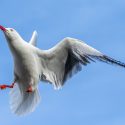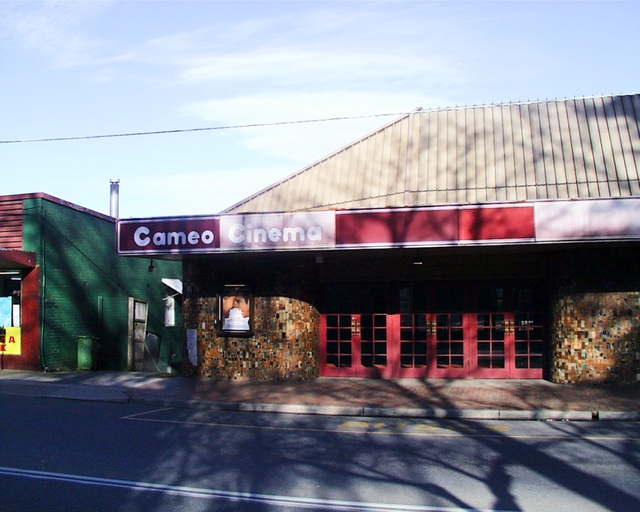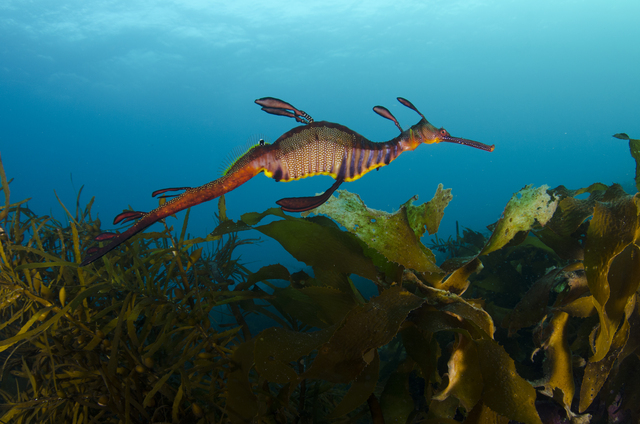Greater Dandenong Council is searching for long-term solutions as flocks of seagulls have returned to central Dandenong’s rooftops.
The plague of nests and droppings is putting a literal stain on the city, despite the council installing light-emitting devices and trialling bird-call recordings to deter the birds.
Acting engineering services director Craig Cinquegrana said the council was trying to convince private building owners to take part in a collective solution.
So far, three building owners had followed suit and installed the deterrents.
“Council’s view is that this is the best long-term solution to the increased number of seagulls in the city.”
Greater Dandenong was also keen to work with other councils and the State Government on alternative habitats for the birds, Mr Cinquegrana said.
“The seagull issue is widespread and not unique to Dandenong.
“Our view is a collaborative approach is required.”
At a council meeting on 23 July, Cr Jim Memeti noted that the “solar” light-emitting systems – which imitate fire – had been recently ineffective.
“They did a good job when we first put them up – the seagulls disappeared for a little while.
“Unfortunately in June and July there hasn’t been much sun, the things on the roof are not spinning and the seagulls are coming back.”
The systems are on Dandenong Civic Centre, Drum Theatre, and Thomas Street and Walker Street car park buildings.
City planning director Jody Bosman confirmed “there’s certainly been a return of the seagulls”.
The council was doing a “post-mortem” on what had worked and what hadn’t, he said.
Associate Professor Mike Weston, of Deakin University’s Centre of Integrative Ecology, said suburbs across Melbourne were a “honey pot” for silver gulls.
Despite their name, seagulls don’t require sea to make themselves at home – just a ready food supply and safe nesting areas, Mr Weston said.
They are also ‘colonial’ nesters, being highly sociable birds that like to flock together.
“If silver gulls have a great place to nest up high and away from predators … and they don’t have to struggle to find food for their young – you can’t get much better than that.”
The key to getting rid of the gulls was to make them unwelcome, and offer an enticing habitat elsewhere, Mr Weston said.
“They may have learned there’s no bite to the threat (from the light-devices).
He recommended using a variety of devices so the gulls didn’t get used to them, including hawks, silhouettes of hawks and drones shaped like birds of prey.
According to a recent council fact sheet, seagulls’ roosting season is from July-November.
The birds are attracted to easy access to food at landfills up to 50 kilometres away as well as Dandenong’s copious flat roof spaces, the fact sheet stated.
The council is also advising businesses to correctly dispose of food waste.







